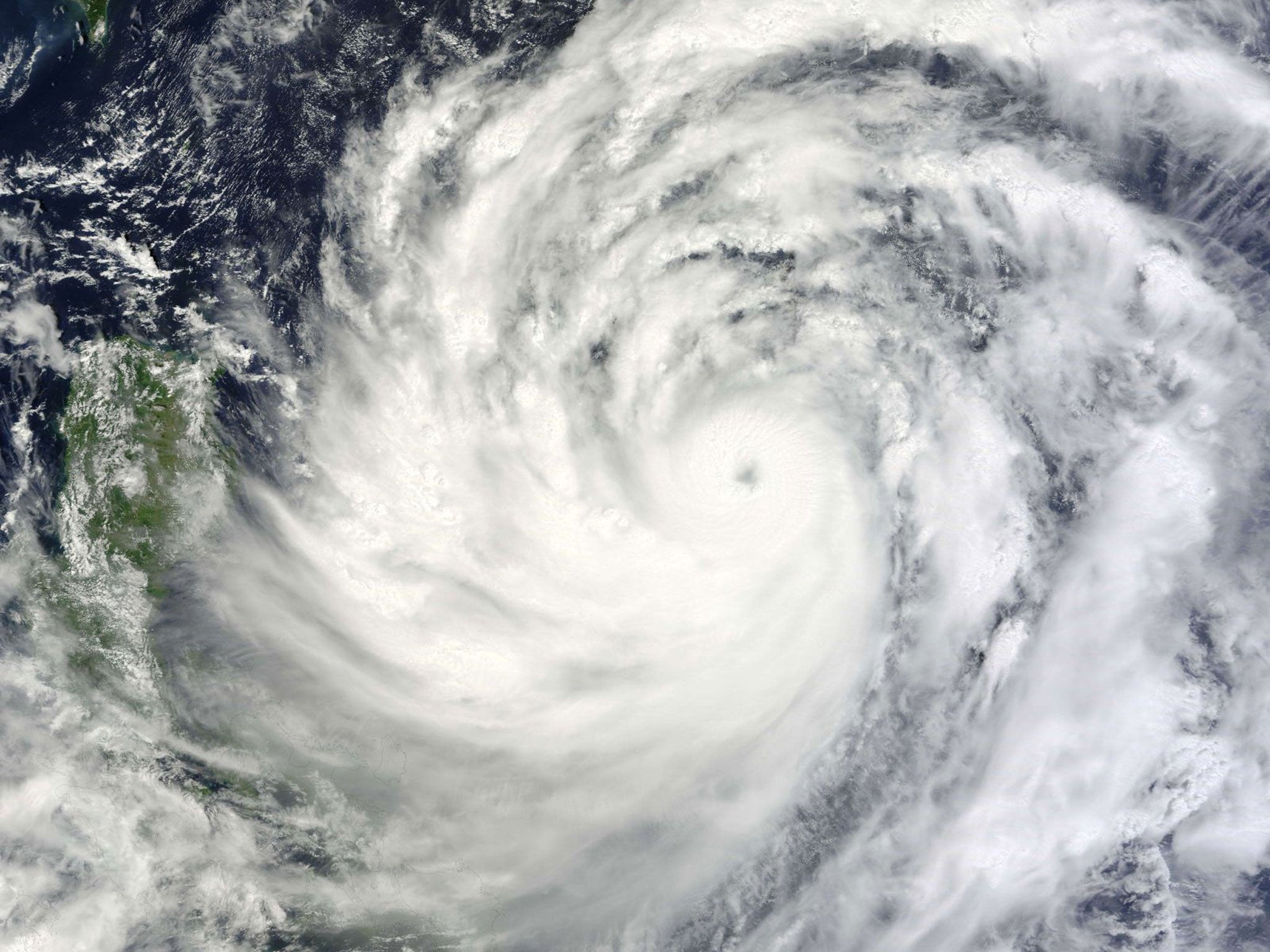Hong Kong braced for 'strongest storm on earth' as 180mph monster Super-Typhoon Usagi gains strength over the Pacific
The storm is set to roar between the Philippines and Taiwan before hammering the southern Chinese coast

Your support helps us to tell the story
From reproductive rights to climate change to Big Tech, The Independent is on the ground when the story is developing. Whether it's investigating the financials of Elon Musk's pro-Trump PAC or producing our latest documentary, 'The A Word', which shines a light on the American women fighting for reproductive rights, we know how important it is to parse out the facts from the messaging.
At such a critical moment in US history, we need reporters on the ground. Your donation allows us to keep sending journalists to speak to both sides of the story.
The Independent is trusted by Americans across the entire political spectrum. And unlike many other quality news outlets, we choose not to lock Americans out of our reporting and analysis with paywalls. We believe quality journalism should be available to everyone, paid for by those who can afford it.
Your support makes all the difference.A monster Super Typhoon has intensified explosively in the last 24 hours and remains on track to wreak havoc in Taiwan, the Philippines and potentially Hong Kong over the weekend.
Over the last day Super Typhoon Usagi, which is now the strongest storm to form on earth this year, has seen winds increase from 75mph on Tuesday to over 160 mph today. The cyclone is now classified now as a Super Typhoon and is considered the equivalent of a category 5 hurricane.
The storm, which is expected to maintain its current strength for at least the next 24 hours, is on course to dump 1000mm of rain (three times the annual London rainfall) on Taiwan over the next three days. The storm is set to roar between the Philippines and Taiwan before hammering the southern Chinese coast, and possibly Hong Kong, later in the weekend.
Experts have said that due to the lack of 'hurricane hunter' aircraft in the Pacific they can't accurately measure how strong the storm is, and that it may be even stronger.
According to Quartz one satellite-based estimate ranks the storm as the most powerful on the planet since 1984, having a minimum central pressure of 882 millibars.
Typhoon Usagi will first batter coastal Taiwan bringing with it damaging winds, a significant storm surge and heavy and persistent rain, before heading towards Hong Kong.
Peak winds are at that time predicted to have weakened to around 100mph.
The storm is currently estimated to be creating waves as high as about 15 meters (50 feet) as it passes through the Luzon Strait which separates Taiwan and the Philippines.
Usagi is a very large tropical typhoon with a diameter of 1,100 kilometers (680 miles). Its outer rain bands were extending across the main northern Philippine island of Luzon and southern Taiwan and strong winds outward up to 220 kilometers (135 miles).
It is packing the 24-hour rainfall accumulation of 500 millimeters (nearly 20 inches) near the center of the typhoon. Philippine weather bureau forecaster Alvin Pura said that the typhoon had gathered strength and speed with gusts of 240 kph (150 mph).
The Batanes Islands, population 16,000, were placed under the highest storm alert, while lower warnings were raised in at least 15 northern provinces where officials warned of flash floods, landslides and storm surges.
Subscribe to Independent Premium to bookmark this article
Want to bookmark your favourite articles and stories to read or reference later? Start your Independent Premium subscription today.
Join our commenting forum
Join thought-provoking conversations, follow other Independent readers and see their replies
Comments